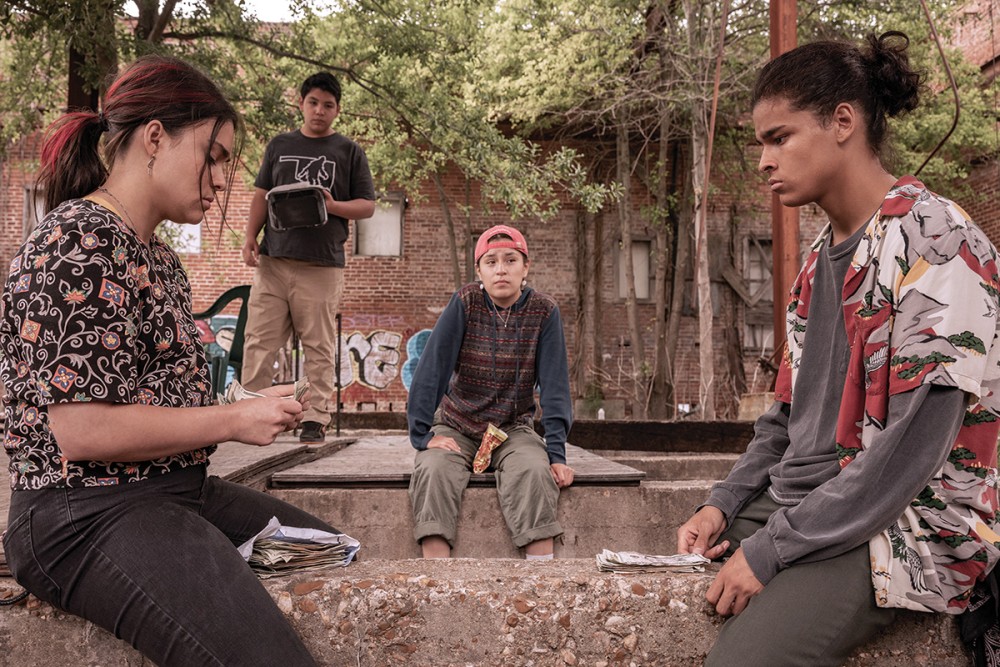Telling Native stories on TV
Rutherford Falls gambles on humor to sort out White blindness. Reservation Dogs ignores the White gaze altogether.

Somewhere around the third episode of the electrifying original FX series Reservation Dogs (created by Sterlin Harjo and Taika Waititi) I felt my allegiances shift from curious to fully committed.
The show starts with a group of Native teenagers living in a poverty-stricken village on a reservation in Oklahoma who fashion themselves as gangsters in the mode of Quentin Tarantino (the title plays on his hyper-violent 1992 movie Reservoir Dogs), resorting to not-so-petty crime to raise money to escape to California. The joke is that their cool glamour and toughened personas are undercut by the reality of their circumstances. The big showdown with the other tough kids in town—which looms in their minds as a violent battle—is a paltry schoolyard fight. Their biggest heist is a truckload of spicy potato chips.
The show pokes gentle fun at the teenagers’ attempts to aestheticize violence. But real violence—domestic and emotional, spiritual and generational—hems in their lives. They are bound together by grief over a dead friend, living around exploding marriages, abandoned by various adults, acutely aware of their second-class status as Native citizens in a settler colonial state. The Tarantino-style posturing is a self-defense mechanism to make sense of or try to escape the real devastation around them.





